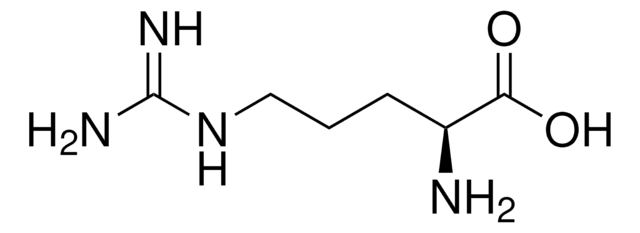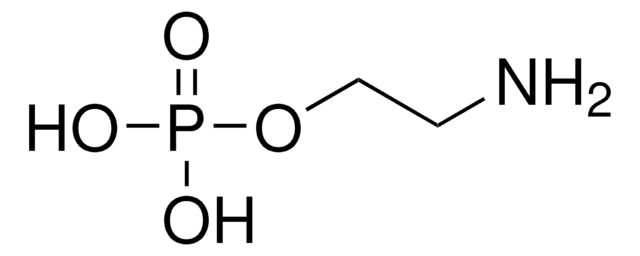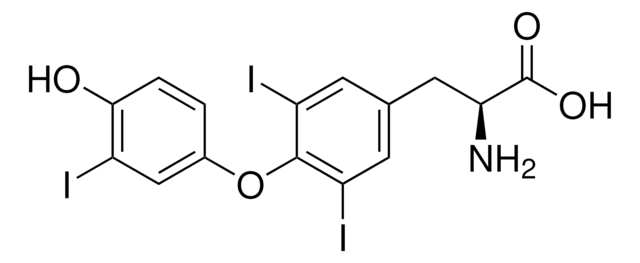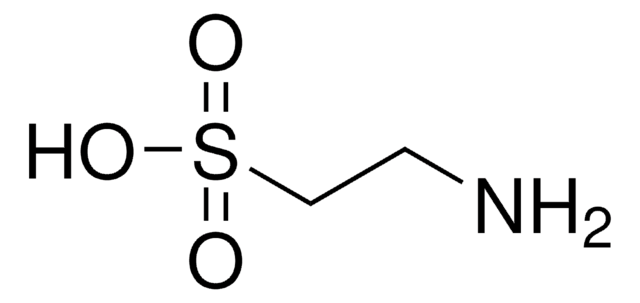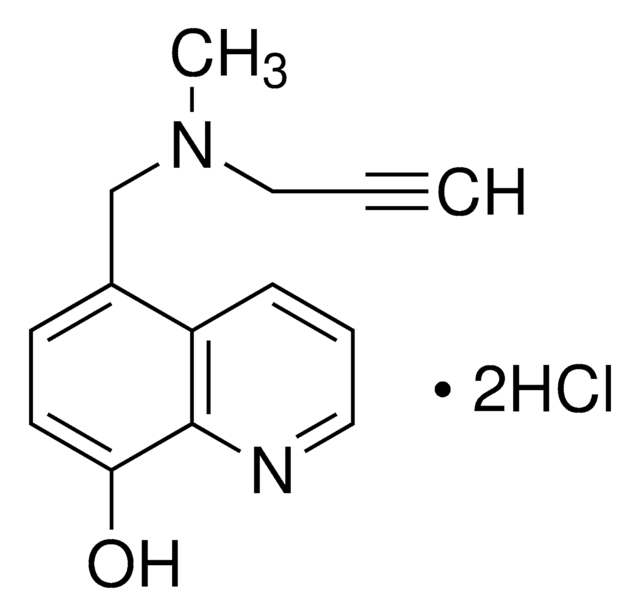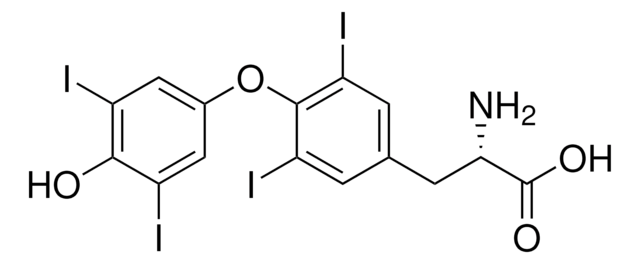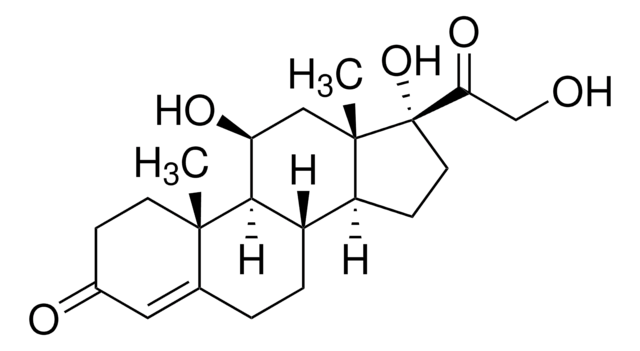SML3343
TC14012 Trifluoroacetate
≥95% (HPLC)
Synonym(s):
([Cit(6), D-Cit(8)]-T140 with C-terminal amide, TFA, H-Arg-Arg-Nal-Cys-Tyr-Cit-Lys-D-Cit-Pro-Tyr-Arg-Cit-Cys-Arg-NH2 (S–S bridged), TFA, R-R-Nal-C-Y-Cit-K-(D)Cit-P-Y-R-Cit-C-R-NH2 (S–S bridged), TFA, where Nal=L-3-(2-naphthylalanine)
Sign Into View Organizational & Contract Pricing
All Photos(1)
About This Item
UNSPSC Code:
51111800
NACRES:
NA.77
Recommended Products
Biochem/physiol Actions
TC14012 is a highly stable and non-cytotoxic disulfide-bridged peptide with potent CXCR7 agonist and CXCR4 antagonist activity. TC14012 potently inhibits dual-tropic HIV strain 89.6 infection of CXCR4-expressing U87 glioblastoma cells (IC50 = 19.3 nM) and protects MT-4 cells against HIV-induced cytopathogenicity (EC50 = 0.4 nM). TC14012 also exhibits potent CXCR7-agonizing activity (HEK293T β-Arrestin recruitment EC50 = 350 nM; EC50 = 30 nM with CXCL12/SDF-1 and 140 μM with AMD3100). TC14012 (10 mg/kg i.t.) is efficacious in reducing repetitive bleomycin injections-induced collagen deposition and alveolar epithelial damage in a murine model of lung injury in vivo.
wgk_germany
WGK 3
flash_point_f
Not applicable
flash_point_c
Not applicable
Certificates of Analysis (COA)
Search for Certificates of Analysis (COA) by entering the products Lot/Batch Number. Lot and Batch Numbers can be found on a product’s label following the words ‘Lot’ or ‘Batch’.
Already Own This Product?
Find documentation for the products that you have recently purchased in the Document Library.
Toshina Oonuma et al.
The Journal of veterinary medical science, 65(10), 1069-1073 (2003-11-06)
It has recently been suggested that the chemokine receptor CXCR4 and its ligand SDF-1 (CXCL12) promote metastasis of various cancers in humans. Since feline mammary tumors also metastasize to distant organs frequently, we used real-time quantitative PCR to examine the
Zhongwei Cao et al.
Nature medicine, 22(2), 154-162 (2016-01-19)
Although the lung can undergo self-repair after injury, fibrosis in chronically injured or diseased lungs can occur at the expense of regeneration. Here we study how a hematopoietic-vascular niche regulates alveolar repair and lung fibrosis. Using intratracheal injection of bleomycin
Minqian Shen et al.
Ophthalmic research, 52(1), 17-24 (2014-05-24)
To observe the effect of TC14012 (a CXCR4 antagonist and CXCR7 agonist) on alkali burn-induced corneal neovascularization (CNV) in a mouse model. CNV was induced in vivo by alkali burns on the corneas of BALB/c mice. A total of 54
Wanshu Ma et al.
The Journal of biological chemistry, 288(22), 15481-15494 (2013-04-20)
The discovery of CXCR7 as a new receptor for SDF-1 places many previously described SDF-1 functions attributed to CXCR4 in question, though whether CXCR7 acts as a signaling or "decoy" receptor has been in debate. It is known that CXCR7
Wanshu Ma et al.
Biochemical pharmacology, 89(1), 99-108 (2014-03-04)
We have recently reported that CXCR7, the alternate high affinity SDF-1 receptor, is induced during monocyte-to-macrophage differentiation, leading to increased macrophage phagocytosis linked to atherosclerosis. Statins, the most widely used medications for atherosclerosis, were shown to have pleiotropic beneficial effects
Our team of scientists has experience in all areas of research including Life Science, Material Science, Chemical Synthesis, Chromatography, Analytical and many others.
Contact Technical Service